Do Basketball Players Wear Cups?
Basketball, as compared to other, popular sports in both the continental United States and around the globe, is one of the toughest, most physical sports. With quick movements and a hand-to-handle style of play, the risk of injury is particularly high for a basketball player.
And while there are a slew of protections and protective gear a basketball player can don, and take, to prevent and lessen the occurrence of an injury, from sports goggles to knee braces to mouth guards, the most important may just be an athletic cup.
But, do basketball and NBA players wear athletic cups?
And, why, or why not, do these players opt to wear an athletic cup during a game or scrimmage?

What is an Athletic Cup?
While, in basketball, there are little or few additional pieces of equipment needed to run a game, and be prepared for one, there are some pieces of equipment which are essential to running a proper game and being prepared for one.
Alongside a basketball and a basketball hoop, many basketball players will opt to don basketball goggles, to protect their eyes from an errant pass or elbow, a knee brace, to provide additional support to their knees, or a headband to absorb and wick away sweat during play.
However, a crucial, albeit often forgotten piece of equipment, is an athletic cup.
But, what is an athletic cup and what does it do?
An athletic cup is a device used to protect against groin injuries from contact sports. It guards against hits and kicks or collisions with a ball or player’s helmet or an accidental kick or hit.
And it’s often overlooked with many athletes choosing not to use one. However, even if you’re only going in for a few minutes of play, you should not skip wearing a cup.
“Just like a helmet, an athletic cup is a critical piece of gear,” says Dr. Jacob Baber, a urologist at Geisinger.
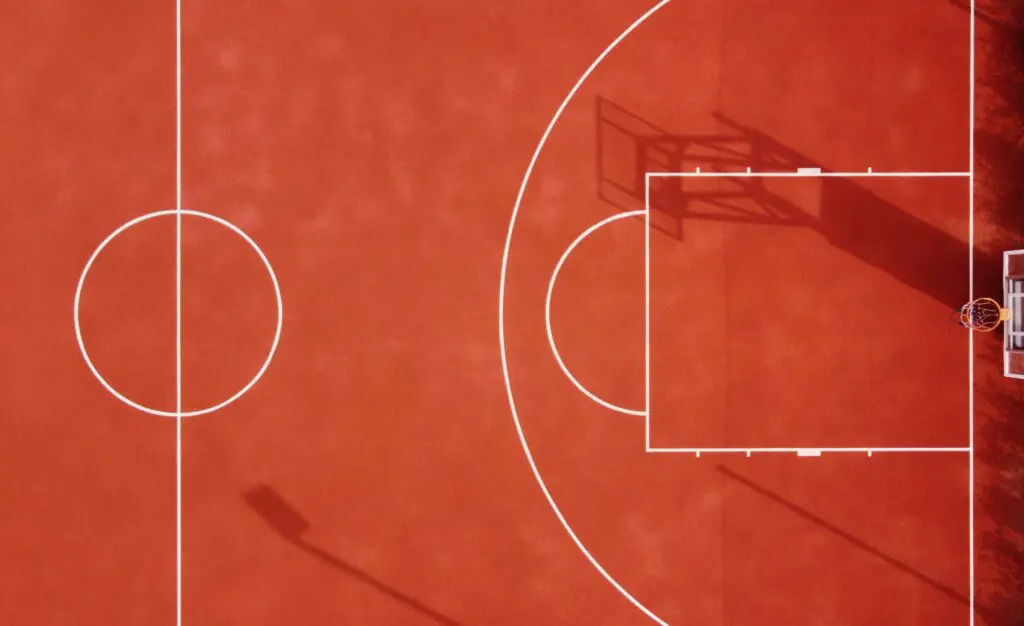
Benefits of Wearing an Athletic Cup
While many of us know, and remember, the pain associated with being hit in the groin or crotch area, the damages can be significantly worse without proper protection in the area.
As Dr. Jacob Baber continues, “As soon as your son starts playing sports, he should wear a cup…once boys hit puberty, their testicles grow, and the scrotum drops. This makes them more likely to have a groin injury.”
And while many hits to the groin are met with accompanied winces and a few snickers of laughter, the risk of injury is real.
Injury to the groin area can range from mild bruising and swelling to more serious injuries like:
- Groin strains or sprains
- Inguinal hernias
- Sports hernias
- Testicular torsion
To put it simply, wearing a cup or an athletic cup is absolutely necessary to protect yourself from accidental hits from a basketball or a player’s hands and feet. And while those occurrences are accidental, the pain and injury are real and can be long-lasting.
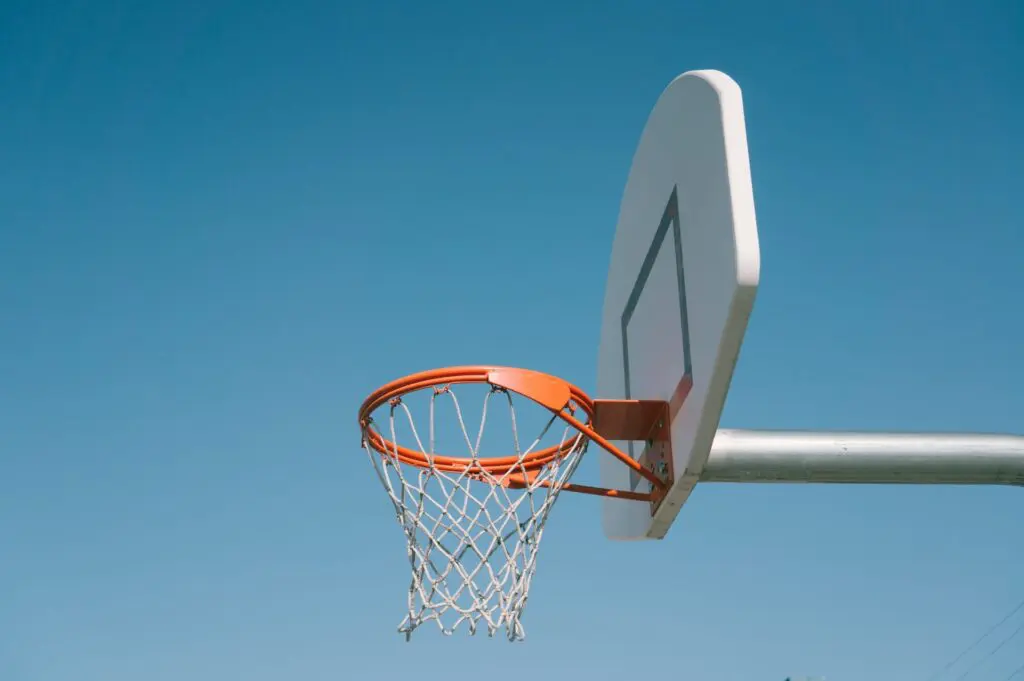
Disadvantages to Wearing an Athletic Cup
While the benefits to wearing an athletic cup far outweigh the disadvantages, it is always good to discuss both sides of the coin and understand what some of the disadvantages are to wearing an athletic cup.
And, perhaps above all else, the biggest disadvantage to wearing an athletic cup is discomfort.
Admittedly, athletic cups are rather uncomfortable to wear and provide friction against the groin region while worn.
In addition, the friction created, particularly for basketball players, can negatively alter a player’s shooting motion and comfortability in jumping to secure a pass or rebound.
However, while this disadvantage is real, it is far better to protect yourself and your groin area by wearing an athletic cup and learn how to play through the discomfort.
One great way to do so is to practice on your own while wearing an athletic cup and learn to become more accustomed to wearing one. In addition, it may also be beneficial to purchase multiple different athletic cups and test which one works and feels best for your personal needs.

How to Find a Comfortable Athletic Cup
We’ll be the first to admit, the athletic cups of the late 90’s and early 00’s were, to put it lightly, extremely uncomfortable. However, times have changed and athletic cups have come a long way since the days of perforated steel.
Below, we are going to help guide you through finding a comfortable and properly sized athletic cup for basketball use.
Materials
Historically, most athletic cups were made of perforated steel. And while this material offered great protection, they weren’t exactly comfortable.
However, nowadays, the material in an athletic cup has changed significantly.
While some brands offer lightweight plastic cups with steel shields, most are made with tough polymers or carbon fiber. These materials help shield and transfer shock away from the groin region.
For added comfort, most athletic cups have a gel pad surrounding the edges to prevent the polymers from pinching or digging into the skin. This is great because the padding helps combat irritation and chaffing during movement.
Sizing
Perhaps the main point of contention when wearing an athletic cup is the proper size fit. And while, historically, sizing was determined based on height and weight, most athletic cups now utilize waist size measurement.
That is, you should purchase an athletic cup that corresponds to your current waist size.
The below table paints a rather straightforward process to help you understand which athletic cup is best for you.
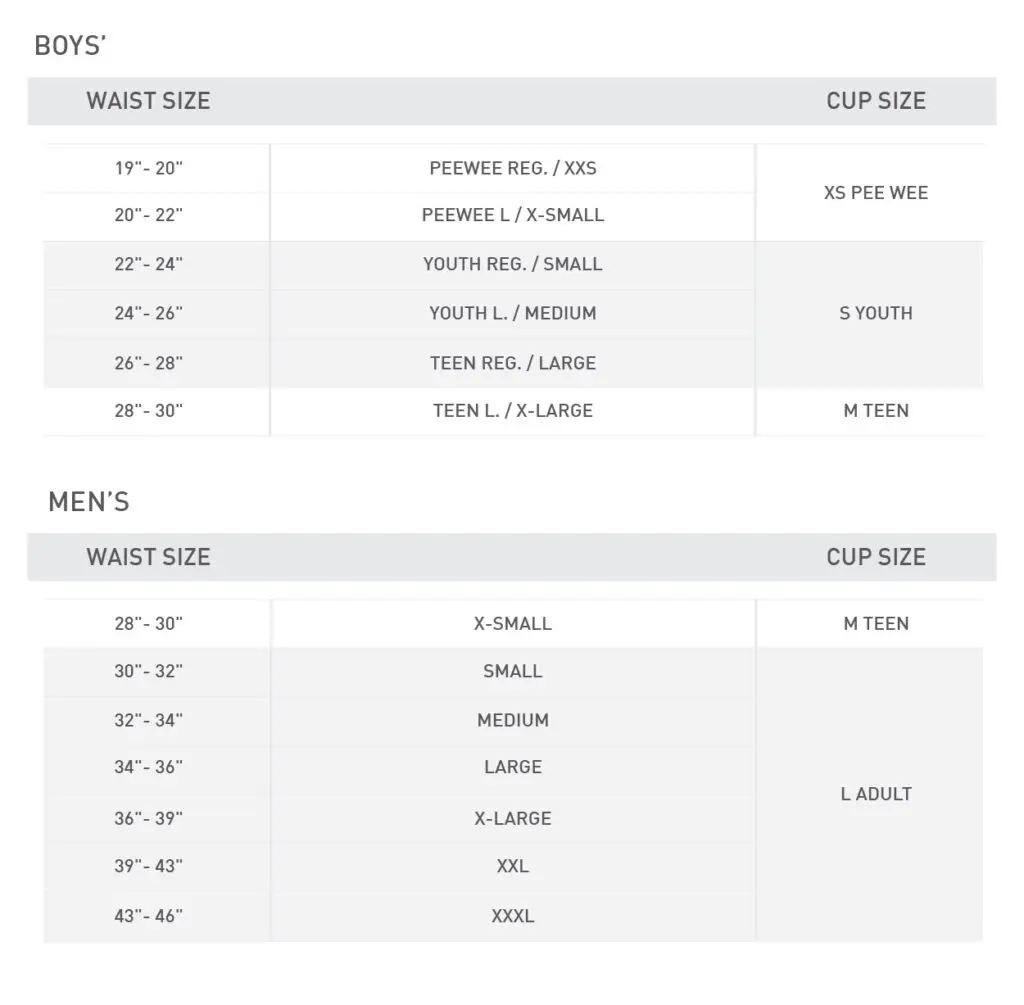
Support
Many brands that sell athletic cups also sell jockstraps, a.k.a. athletic supporters, that help keep the cup in place while participating in a sport. There are a few types of athletic supporters; compression jock shorts, jockstraps, and impact shorts.
Compression shorts and compression briefs are form-fitting underwear that offer extreme comfort. In the front, they feature a pocket that is able to securely hold an athletic cup. These are great for wearing under most uniform bottoms.
Jockstraps consist of a pocket for your cup and a connected waist band as well as retention straps, which wrap around under your backside.
Impact shorts not only have a pocket for your cup, but pockets for hip guards and thigh guards. These are great for athletes who play high-impact sports like hockey, rugby, or football and are not necessary for basketball play.
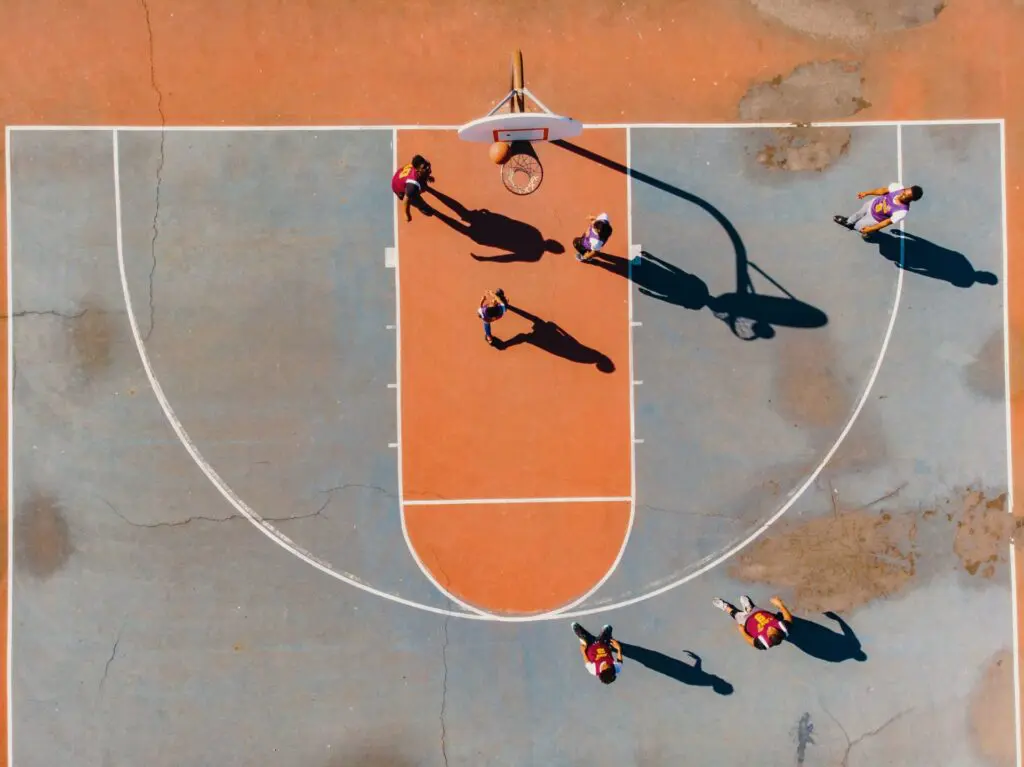
Best Athletic Cups
While the choice of an athletic cup is a serious one that should be given much consideration and time to review, here are a few athletic cups that we personally back and have used.
And while we were originally hesitant in using an athletic cup while playing basketball, we found these athletic cups extremely comfortable and breathable and noted that the discomfort we felt in our younger years had, for the most part, been eased and reduced.
- Shock Doctor Ultra Pro Supporter Jockstrap – the Shock Doctor Ultra Pro Supporter Jockstrap is our top-pick for the best athletic cup for basketball use. Honestly, the Shock Doctor is the best fitting jock for competitive play and offers the best combination of premium comfort and maximum protection. A secure fit and breathable stretch mesh offers maximum comfort, unrestricted range of motion and keeps the cup in place during all athletic activities.
- Diamond MMA Athletic Cup Groin Protector & Four-Strap – if you’re looking for an elite athletic cup, then definitely go with the Diamond MMA Athletic Cup Groin Protector & Four-Strap. Made from military grade elastics and premium spandex, the Diamond MMA groin guard system leverages a high performance 4-strap jock system to hold a specially designed athletic cup in place within a perfectly tailored cup pocket. And don’t worry about comfort with the Diamond MMA Cup. This cup has a patented design which protects sensitive groin muscles and nerves with a specially designed ergonomic soft elastomer edge, helping to keep you comfortable throughout the entire time on the court.
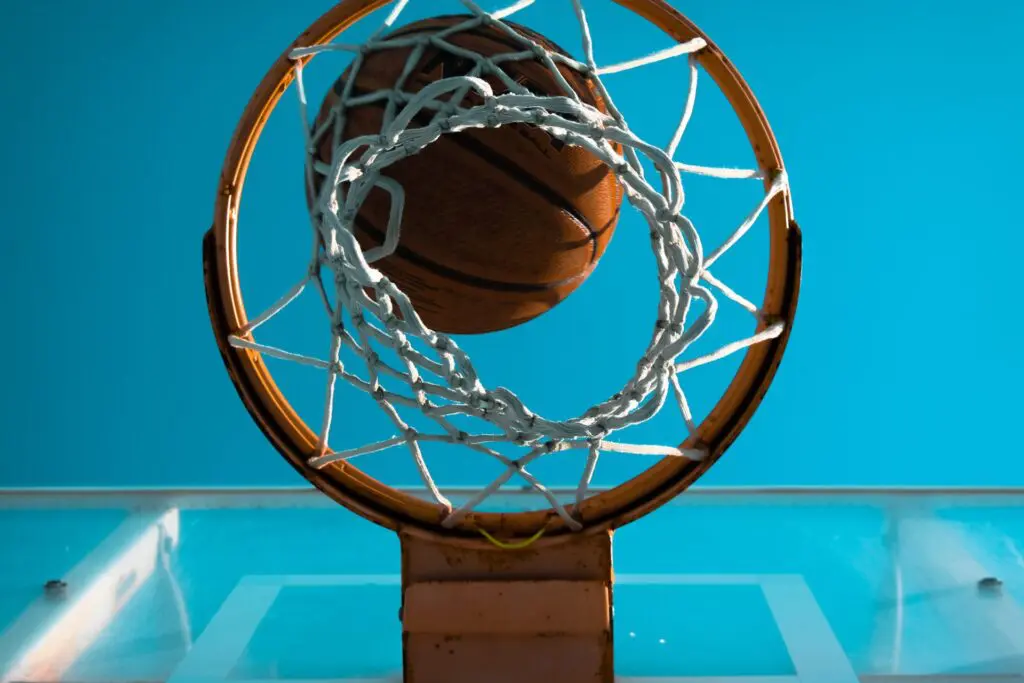
Do NBA and Basketball Players Wear Athletic Cups?
While we’ve reviewed just whether or not it is beneficial to wear an athletic cup during basketball play, we haven’t discussed whether or not NBA and basketball players actually wear them.
And, unfortunately, on the whole, most NBA and basketball players do not wear athletic cups during play.
And while it is highly recommended to help prevent serious and permanent injury, many NBA and basketball players simply find the athletic cup too uncomfortable for their needs.
In the NBA, in particular, where a player needs to be in a constant state of motion, either jumping, or running, or squatting down low, this added discomfort and chaffing can simply be too much and most NBA players simply opt to not wear one.
However, simply because an NBA or basketball player does not wear an athletic cup doesn’t mean you shouldn’t.
Athletic cups help to protect your groin area from serious, permanent, and long-term damage or injury. And while wearing one can be uncomfortable in the beginning, there are a plethora of brands who design athletic cups to fit every shape and size.
